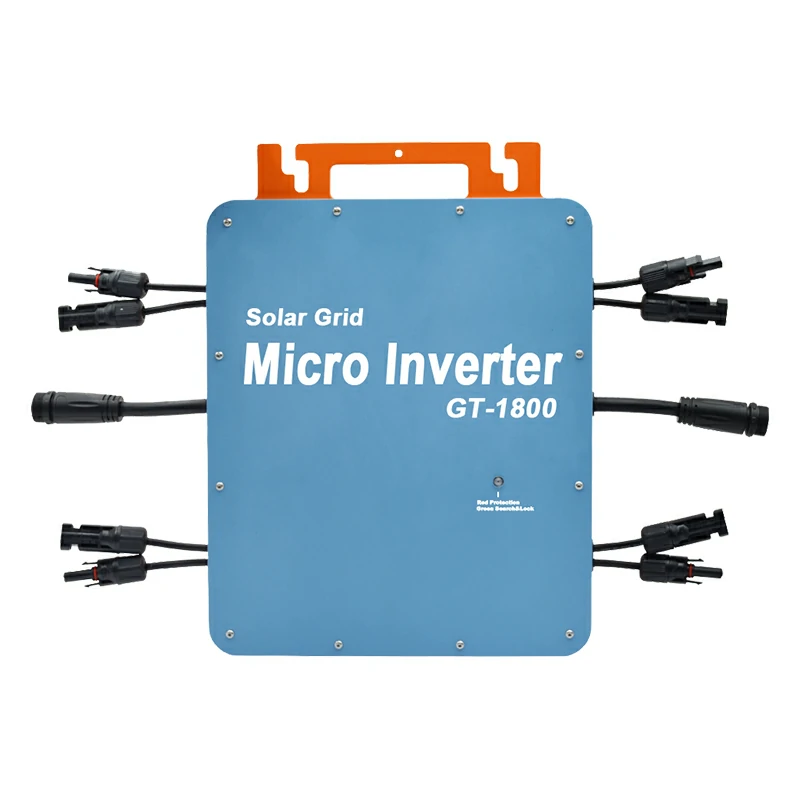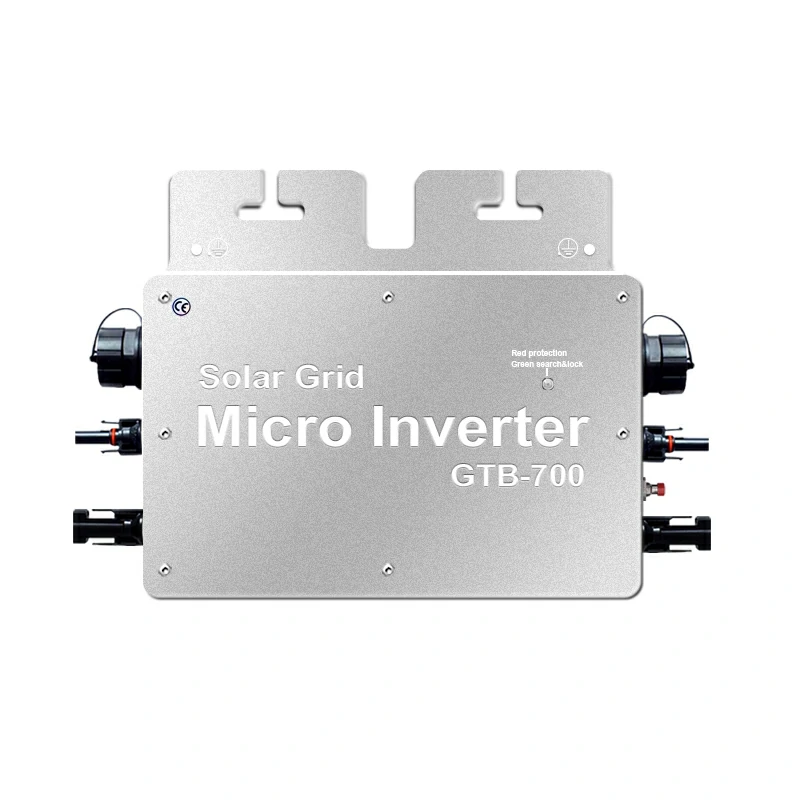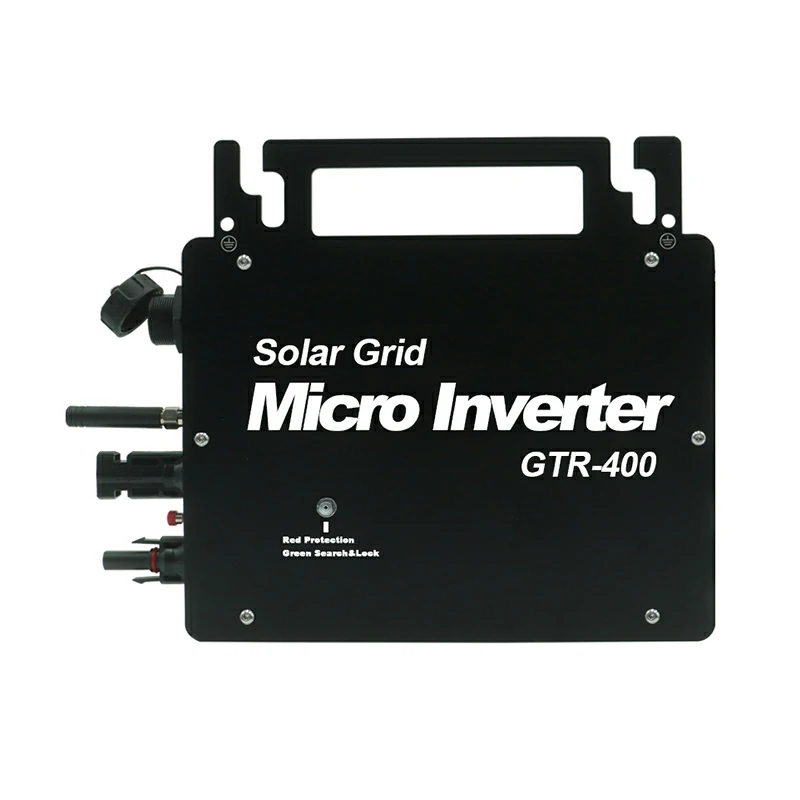Introduction
In the burgeoning field of solar energy, micro solar inverters play a pivotal role in converting and managing the power generated by solar panels. However, overheating is a common challenge these devices face, which can compromise their efficiency and lifespan. As manufacturers of microinverters, we recognize the importance of addressing this issue. This article explores the causes, risks, and solutions related to overheating in micro solar inverters, providing valuable insights for users and technicians alike.
Understanding Micro Solar Inverters
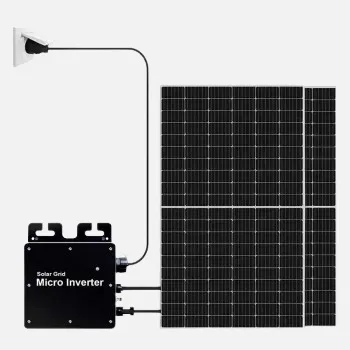
What Are Micro Solar Inverters?
Microsolar inverters are a crucial component in modern photovoltaic systems. They are specifically designed to convert the direct current (DC) generated by solar panels into usable alternating current (AC), making solar-generated electricity suitable for home and commercial use. These inverters stand out for their compact size and ability to maximize energy conversion efficiency at each panel.
Importance in Solar Energy Systems
The role of microinverters in solar energy systems extends beyond simple conversion. They significantly enhance the overall system’s efficiency and reliability. By optimizing the output of each solar panel individually, micro inverters mitigate the effects of shading or partial panel degradation, ensuring more consistent and reliable energy production across the entire solar array.
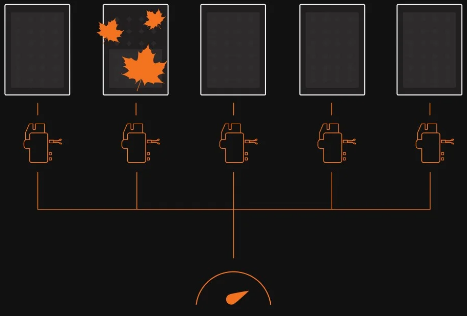
Causes of Overheating
Overheating in micro solar inverters can stem from various causes, each impacting the efficiency and longevity of the device.
Technical Malfunctions
- Inadequate Heat Dissipation: One of the primary causes of overheating is poor heat management within the inverter. This can be due to insufficient cooling mechanisms or design flaws that prevent efficient heat dispersion.
- Component Failure: Overheating can also be triggered by the failure of internal components, such as capacitors or power transistors, which can generate excessive heat during operation.
Environmental Factors
- Ambient Temperature: High ambient temperatures can exacerbate the heating issues in microinverters, especially in regions with extreme climates.
- Installation Location: The placement of inverters can influence their temperature regulation. Inverters installed in areas with insufficient airflow or direct sunlight are more prone to overheating.
Risks Associated with Overheating
The overheating of micro solar inverters affects their performance and poses several risks.
Reduced Efficiency and Lifespan
- Impact on Performance: Overheating can significantly reduce the inverter’s efficiency, lowering energy conversion rates and output.
- Decreased Lifespan: Consistent overheating can accelerate the wear and tear of inverter components, thereby reducing the overall lifespan of the device.
Safety Hazards
- Risk of Damage to Other Components: Excessive heat from an inverter can damage other components in the solar energy system.
- Fire Hazards: Overheating can pose fire hazards in extreme cases, especially if the inverter is near flammable materials.
Solutions to Prevent Overheating
Addressing the issue of overheating in micro solar inverters involves several proactive strategies and technological improvements.
Improved Design and Materials
- Enhanced Cooling Mechanisms: Implementing advanced cooling techniques, such as heat sinks or fans, can significantly improve heat dissipation.
- Material Selection: Using materials with better thermal conductivity for critical components can help manage heat more effectively.
Regular Maintenance and Monitoring
- Routine Inspections: Regular checks and maintenance of the inverter can identify and rectify issues that may lead to overheating, such as debris blockages or component wear.
- System Monitoring: Modern inverters equipped with monitoring systems can provide early warnings of overheating, allowing for timely intervention.
Conclusion
Overheating in micro solar inverters is a significant concern that can impact efficiency, safety, and longevity. Understanding the causes and risks associated with overheating is crucial for manufacturers and users. The risks can be effectively managed by implementing solutions such as improved design for heat dissipation, using higher-quality materials, and ensuring regular maintenance. Embracing these strategies will enhance the performance and reliability of micro solar inverters, ensuring they continue to be a vital component in sustainable energy systems.
In the evolving landscape of solar technology, addressing challenges like overheating head-on is critical to maximizing the potential of solar energy. As micro inverter manufacturers, our commitment to innovation and quality is paramount in providing solutions that meet the needs of a greener future.

